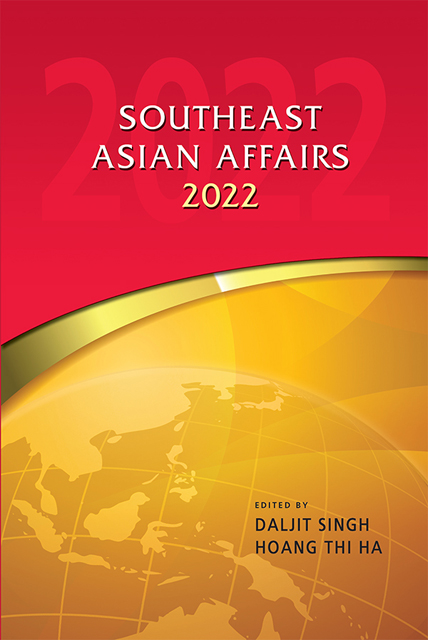Economic Outlook for Southeast Asia: Living with COVID-19
Published online by Cambridge University Press: 01 September 2023
Summary
The hope that the COVID-19 pandemic would be contained in 2021 did not materialize as the coronavirus continued to ravage the economies around the world, including Southeast Asia. Although there were important lessons learned from 2020, the pandemic was far from over in 2021 for most Southeast Asian economies. Uncertainty continued to prevail as the region once again struggled with managing the pandemic and juggling between health and economic needs. Living with COVID, rather than a “zero COVID” strategy, soon emerged as the new norm for some of the economies in Southeast Asia,
This chapter assesses the key factors affecting economic growth and recovery in 2021 as well as the prospects for sustaining the recovery in 2022. There are four main sections in this chapter. The second year of the COVID-19 pandemic in Southeast Asia is reviewed in the first section. The second section examines the impact of COVID-19 on regional growth in 2021 and 2022. The third section discusses the main factors that can affect the prospects of achieving or deterring the achievement of the forecasted growth. The conclusion is given in the last section.
Continued COVID-19 Disruptions
Containing the COVID-19 Pandemic: The Race to Vaccinate in Southeast Asia
One year of hard-earned lessons from managing the pandemic and the rollout of COVID-19 vaccines at the start of 2021 provided hope for global recovery. But the subsequent emergence and rapid transmission of the Delta variant, which became the dominant form of COVID-19, soon disrupted the fragile global recovery. Once again, countries all over the world continued to wage battle against the coronavirus through vaccinations as well as a transition towards managing COVID-19 as an endemic disease.
In Southeast Asia, the number of COVID-19 cases started to surge upwards in the first quarter of 2021 (Figure 1). Daily COVID-19 cases per million shot up towards the second half of the year. This was due in part to the spread of the highly contagious Delta variant and the slow rates of vaccination as well as the easing of restrictions in the early part of the year. The number of new cases per million peaked in the third quarter for some economies, but the average daily caseload in Southeast Asia started to decline towards the end of October 2021.
- Type
- Chapter
- Information
- Southeast Asian Affairs 2022 , pp. 21 - 41Publisher: ISEAS–Yusof Ishak InstituteFirst published in: 2023

